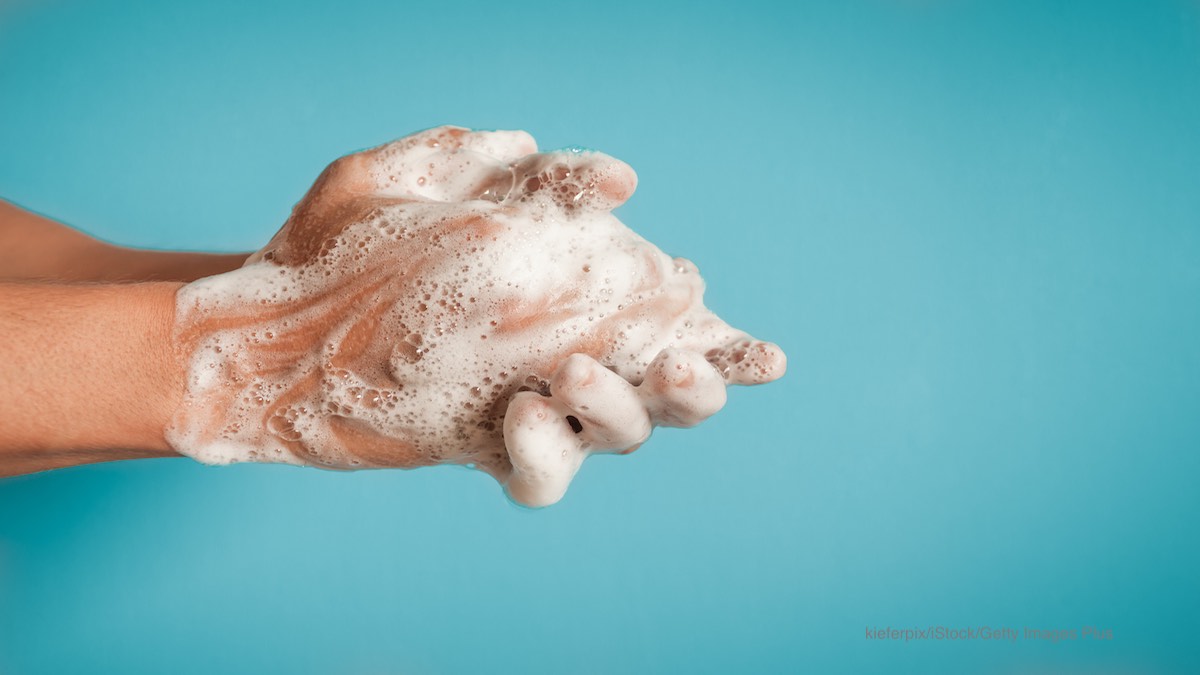October 15 is Global Handwashing Day. Correctly washing your hands is one of the best ways to stop the spread of pathogens such as E. coli, Salmonella, norovirus, Listeria monocytogenes, hepatitis A, and Campylobacter. This day is intended to increase awareness of the benefits of proper handwashing. The CDC has information on this event.

It’s critically important to wash your hands at certain points during your day. Always wash them with soap and water after using the bathroom, after taking care of someone who is ill, after changing diapers, and before preparing and serving food. Also wash your hands after blowing your nose, after handling pet foods, and after touching garbage. Bacteria are also found on pets, toys, surfaces such as doorknobs and countertops, and in the sink itself.
Handwashing is an inexpensive way to reduce the numbers of people who get sick. The CDC says that handwashing education in communities around the country can reduce the number of people who get sick with diarrhea by 23 to 40%. It reduces diarrheal illness in people with HIV by 58%, and can reduce respiratory illnesses, like colds, by about 20%.
You an learn how to wash your hands the right way by watching the CDC’s video demonstrations on Global Handwashing Day. To properly wash your hands, make sure you have clean running water and soap on hand.
First, rinse your hands under the water. Add soap (about a dime size amount for liquid soaps), then rub your hands thoroughly for at least 20 seconds. The best way to estimate this number is to sing the “Happy Birthday” song twice. Make sure you wash the backs of your hands, between your fingers, and under your nails. Then thoroughly rinse your hands, then dry them with a clean towel or paper towel.
Hand sanitizers are not as effective as soap and water, but they are a good substitute when soap and water aren’t available. These sanitizers should be alcohol-based.




